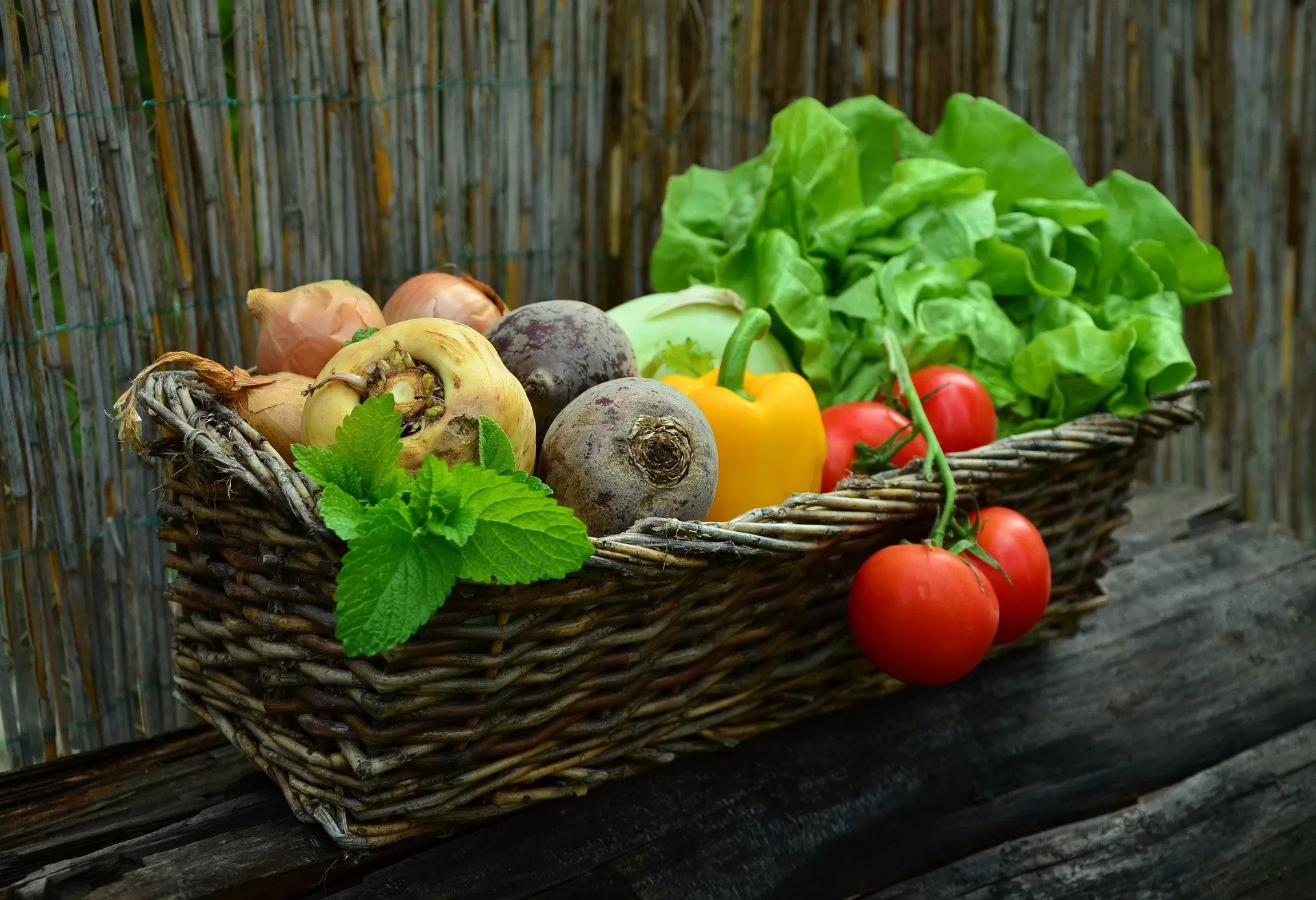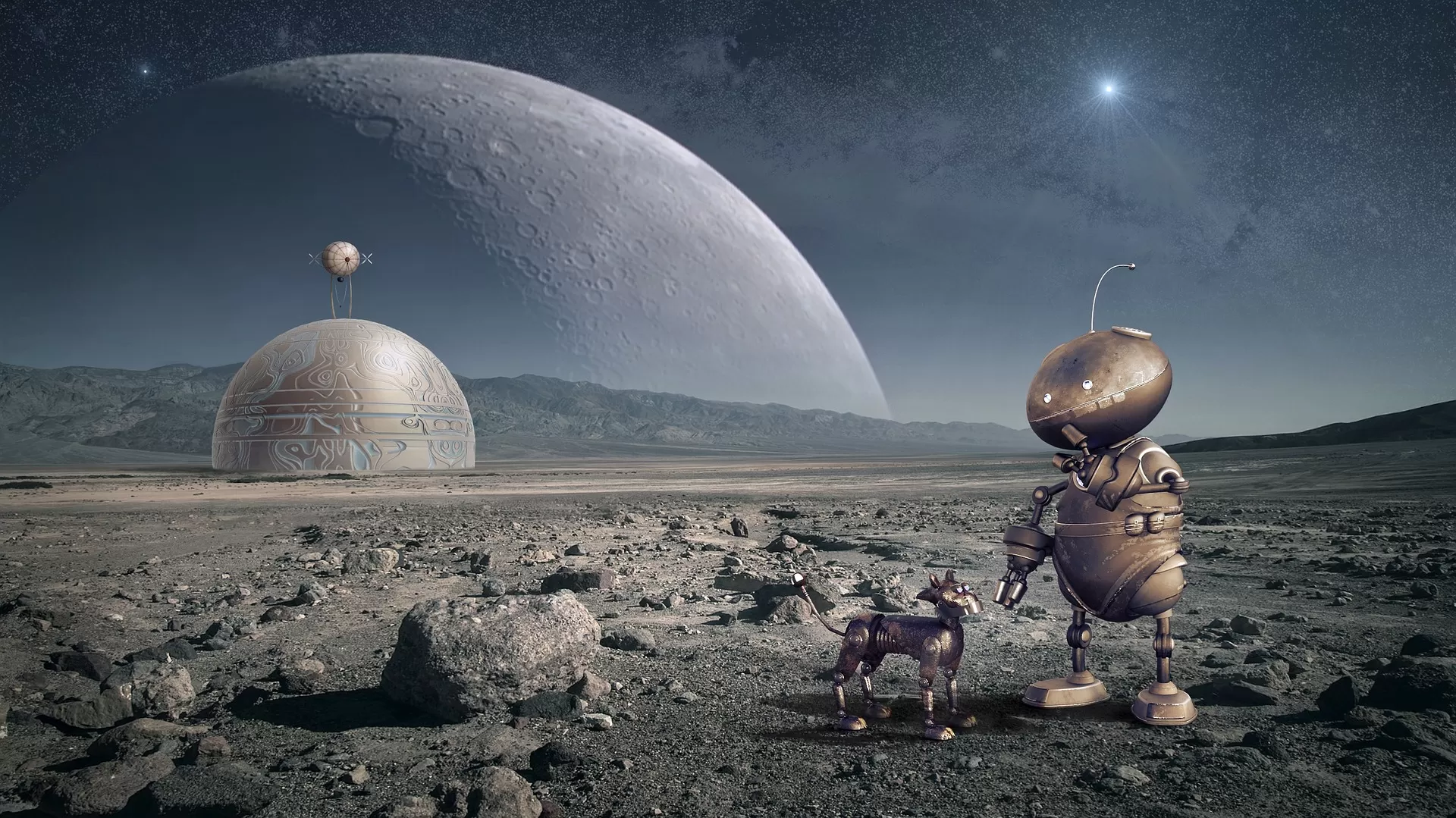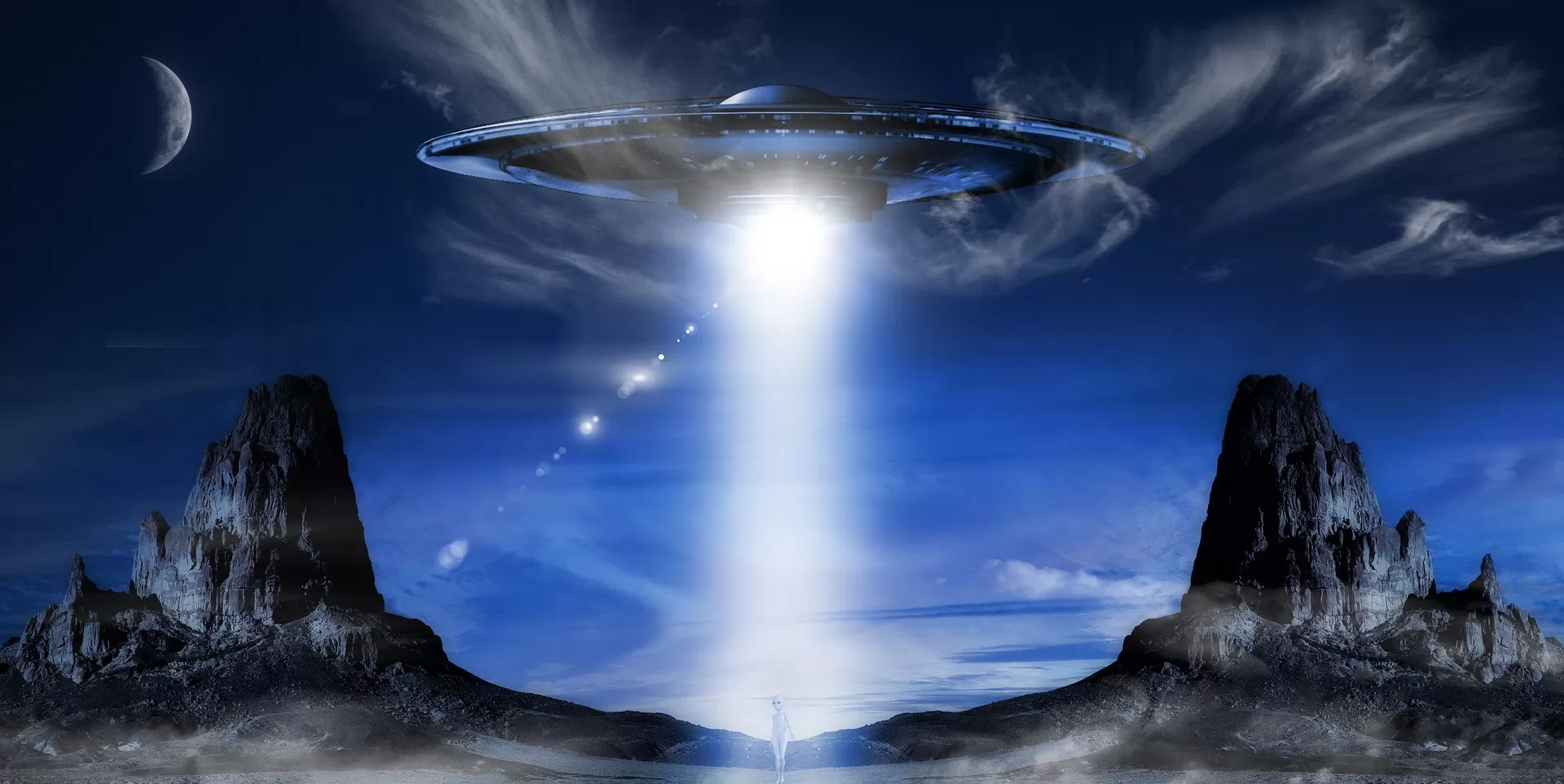WHAT DO EXTRATERRESTRIAL HUMAN BEINGS EAT? A group of American biologists is beginning to investigate the potential by introducing Earth microorganisms to a diet that they would not ordinarily find on Earth.
“We don’t know everything there is to know about life,” argues Andrew Ellington of the University of Texas in Austin. “What if we discovered life on another planet, where would it live, and what would it eat?” Last week, he stated at an astrobiology symposium at NASA’s Ames Research Center outside San Francisco that the search for life on Mars and other planets could someday yield results.of these concerns.
Meanwhile, Ellington has decided to go an another route. If he couldn’t find an alien, he could try to create one.

Because the building components of life on another planet could be significantly different, he and his team wanted to explore if a terrestrial bacterium could adapt to a significant change in its diet. They created a strain of the bacteria Escherichia coli that is incapable of producing the amino acid tryptophan, which is required for protein synthesis. As a result, it requires a steady supply of tryptophan in order to flourish. The researchers also administered it fluorotryptophan, a comparable synthetic amino acid. Fluorotryptophan may be an important component of life on another planet, yet it is poison to life as we know it. When tryptophan is substituted for the imposter, it gets integrated into E. coli proteins and cripples the cells, eventually killing them after three divisions.
When the researchers fed the bacterial colonies a mixture of 95% fluorotryptophan and 5% regular tryptophan, the organisms struggled and developed slowly. However, after several generations, the microorganisms began to divide more rapidly, indicating that they had gained mutations that enabled them deal with the hazardous effects of fluorotryptophan. The researchers gradually raised the amount of synthetic amino acid. The cells were eventually able to live on a diet of 100% fluorotryptophan and had seven generations.
“The bacteria grow quite slowly,” Ellington explains, “but they continue to divide.” His team is curious to learn what genetic tricks the bacterium utilised to establish a liking for this odd cuisine.
This “unnatural selection,” according to Ellington, may drive terrestrial bacteria to exist on unfriendly worlds with vastly different food supplies.
“There’s absolutely no reason to think we can’t replicate a piece of Mars in the lab and convince life to live on it,” he claimed.
He also suggests that such bacteria could terraform other worlds by digesting harmful substances in soil and emitting gases that serve to make a planet’s atmosphere more suited for human life.
FOOD can be produced on the moon, paving the stage for human space exploration.

According to scientists, lunar leeks and carrots may be even healthier than Earth’s fruits and vegetables.They discovered that the stress of growing in alien soil increases levels of defensive chemicals seen in superfoods like blueberries and kale.The researchers grew thale cress, a tiny flowering plant related to cauliflower and broccoli, in 12 soil samples from the Apollo 11, 12, and 17 lunar landings. The experiment is being conducted for the first time because the five-decade-old moon scrapings are deemed “important national treasures.”After adding fertiliser, water, and light, all of the seeds sprouted.
However, while thale cress is edible, it is extremely bitter.
The seedlings also developed less successfully in soil from more exposed sections of the moon, according to the researchers. These plants were more stunted and had darker but more nutritious leaves.
“It’s really fantastic news that plants can thrive in lunar soil,” Florida University Professor Robert Ferl stated.
“Showing that plants can grow on lunar soil is a significant step toward establishing ourselves in lunar colonies.”The discovery, which was published in the journal Communications Biology, comes as Nasa prepares to return to the moon as part of its Artemis mission in 2025.
Prof Anna-Lisa Paul, a space biologist, stated, “The plants that were responding the most strongly to what we would term oxidative stress reactions… these were the ones that turned purple.”
“And it’s the same substance that’s in those anti-oxidant-rich dark red and purple fruits.”
